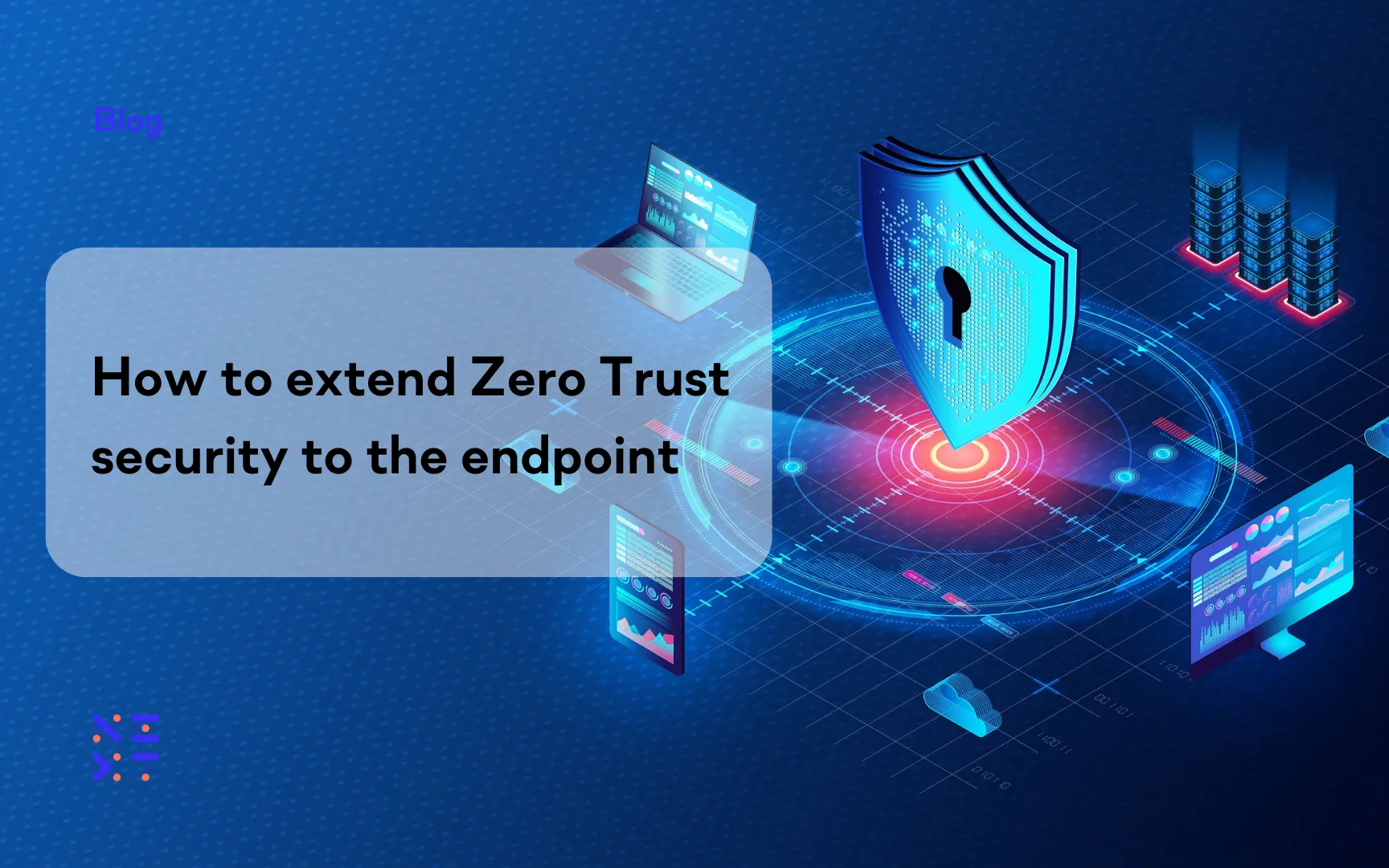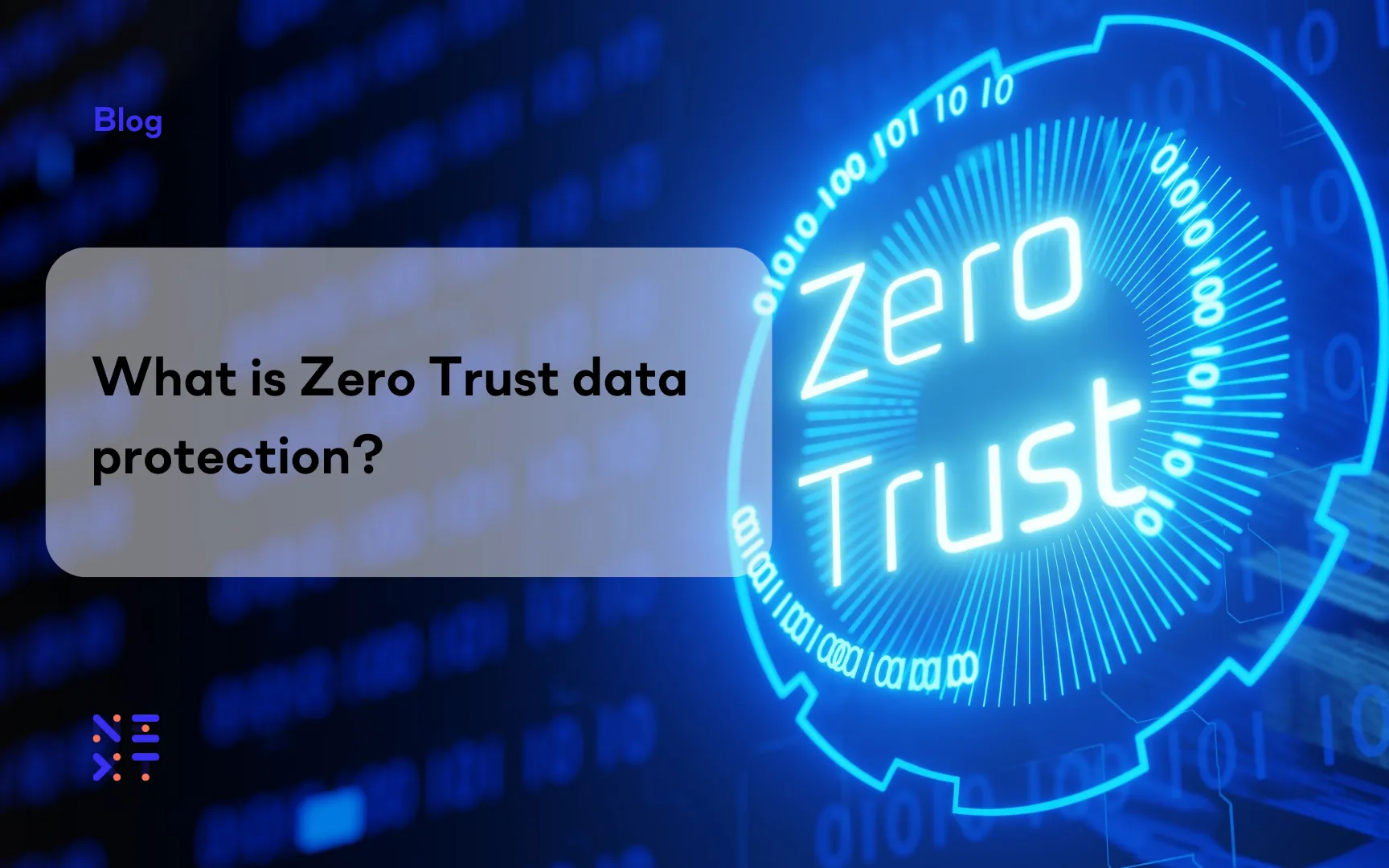Fortinet Acquires Next DLP Strengthens its Top-Tier Unified SASE Solution
Read the release
Today’s businesses have IT environments that look vastly different from a few decades ago. Data loss prevention was focused internally, preventing information from leaving the walled garden that made up a company’s network. Today’s data loss prevention solutions require a more flexible approach that encompasses the endpoints that make up the security perimeters of today.
An effective DLP endpoint agent continuously monitors user behavior, data access, and system use, allowing your security team to search files, application events, browsers, connections, and USB devices, among others. In addition, DLP agents should never impact the performance of the user machine. Smart DLP agents should be able to prioritize the most important alerts for the business while never impacting users regardless if it is blocking or alerting on content and context. In addition a smart DLP agent should be able to recognize if another process is causing a problem on the machine, diagnose the likely cause and make recommendations on how to fix the problem. While a DLP agent can’t control everything happening on a system, a smart DLP agent should know when to get out of the way.
Other key benefits of an effective DLP endpoint agent include:
Keep reading to learn more about how modern DLP solutions that offer DLP endpoint agents can benefit your business.
In the not-too-distant past, implementing a data loss prevention (DLP) solution involved locking down the information flowing out of an on-premises data center. Companies operated self-contained networks that provided data to employees logging into computers located within the facility. Sensitive information had to be physically copied to removable storage devices for it to leave the building and potentially be involved in a data breach.
Centralized control over the creation, storage, and use of high-risk data simplified the process of keeping the information securely protected. There was a limited number of applications or employees that could access an organization’s sensitive information. Enforcing tight security measures on these entities was often sufficient to effectively protect the data.
Fast forward to today, and the computing landscape is vastly different. The combination of a rapidly increasing mobile workforce using company-provided equipment and the acceptance of the bring your own device (BYOD) approach has added significant complexity to data loss prevention. There are now significantly more places where a company’s high-value data may be stored or used.
A company’s sensitive data is no longer contained in a tightly controlled environment. It’s transmitted between cloud services and the laptops of remote workers who can be located anywhere in the world.
Whether an employee uses a company-issued laptop or their personal home computer, protective measures need to be in place to ensure data is not deliberately misused or accidentally exposed.
Companies can enjoy multiple benefits by implementing a modern DLP solution that encompasses all endpoints. The following are among the most important advantages of implementing an effective DLP endpoint agent.
Protecting data in any location
Applying DLP policies directly to endpoints eliminates the dependency on the corporate network for security. A DLP endpoint agent allows employees to work remotely and enforces security policies even when they are offline. Sensitive data remains secure no matter where an employee attempts to access it based on the DLP policy definitions put in place.
Increasing endpoint data visibility
Legacy DLP solutions that focus on keeping data from leaving a corporate network typically don’t have the capabilities to perform content discovery to identify sensitive information on an endpoint. Maintaining visibility into data resources is critical for several reasons, including:
Exerting control over endpoint data usage
With a robust DLP endpoint agent, different levels of security can be implemented for specific devices or data assets. For instance, an employee may be able to view sensitive data to perform their job but be restricted from copying it to a removable device. A DLP endpoint agent enforces policies that control where and how data can be used by an individual.
Automated DLP enforcement can encrypt data before it leaves an endpoint to further protect it. It can also issue a warning to the user that the action they are trying to take is against company policy. Reports on attempted usage of sensitive data enable management to address specific individuals who may require additional training on data security policies.
Identifying gaps in patch management
The increased visibility into endpoints can reveal systems that need to be patched with the latest security updates. Endpoints are notorious for lagging in patches, and remote employees may not understand the importance of addressing this activity.
Reducing data breaches
The most important aspect of an effective DLP endpoint agent for a majority of companies is that it reduces the probability of an insider accidentally or maliciously exposing high-value data. End users will be restricted from printing or copying sensitive data, no matter their reason for trying. Since many data breaches are caused by innocent mistakes, simply restricting the unapproved use of data resources can drastically reduce the chance that valuable information is compromised.
Next DLP is a modern data loss prevention solution that provides comprehensive protection for all your endpoints. Reveal is the foundation; it communicates to endpoints via a lightweight agent that won’t slow down device performance. Agents are simple to install and are compatible with Windows, macOS, and Linux operating systems.
Next DLP classifies data on-the-fly to ensure that all information is properly classified and protected. Automated enforcement of DLP policies is facilitated by machine learning and advanced content inspection to identify high-risk data elements. Next DLP also provides employee education with instructive popups that advise a user on why an activity was restricted and how they can avoid future warnings.
Get in touch with our data protection experts at Next DLP, and learn how easy it is to obtain high-quality data loss prevention with effective, lightweight endpoint agents.
A data loss prevention (DLP) endpoint is software companies install on devices like laptops, desktops, and mobile devices. It monitors, detects, and prevents unauthorized data transfers, automatically reinforcing data protection policies and safeguarding sensitive information against both accidental and malicious exfiltration.
Installing a DLP endpoint is a great way to improve data security. It works by:
Installing a DLP endpoint agent improves data protection by reducing the risk of data breaches. Fewer data breaches mean better regulatory compliance and fewer financial or reputational risks associated with data loss.
Plus, the DLP endpoint agent automatically reinforces your policies, acting as an extension of your IT department to proactively prevent risks and save time and money.
Start by conducting a thorough assessment to understand your data protection needs. Create comprehensive data protection policies that address these needs and plug them into your DLP endpoint agent.
We recommend running a pilot test on a small number of devices to identify potential issues and refine the deployment process. From there, roll out the plan in phases instead of all at once. Employees will likely need training to understand the DLP's importance and how they can comply with your data protection policies.

Blog

Blog

Blog

Blog

Resources

Resources

Resources

Resources

